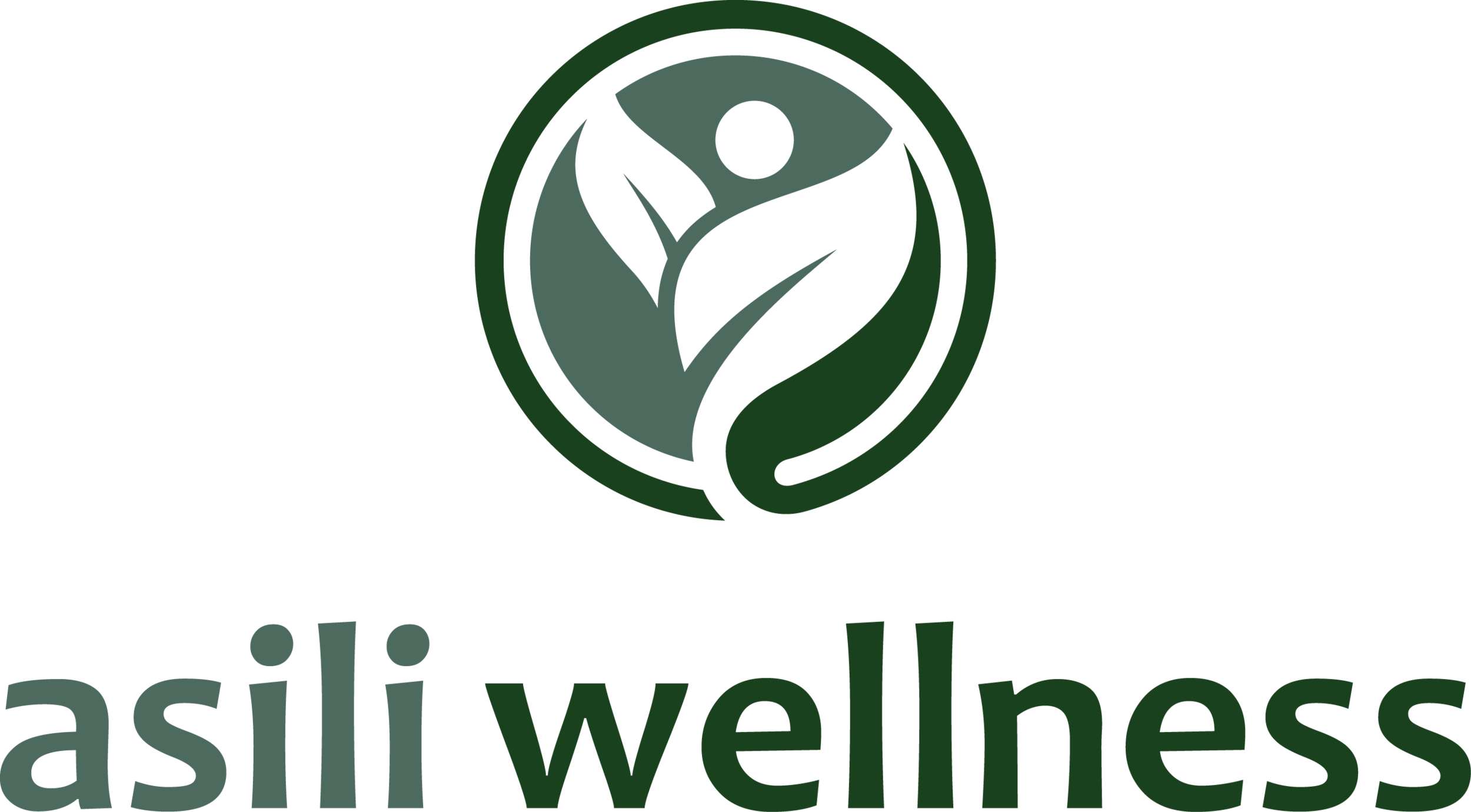Abhyanga – Self-Massage: Your Ultimate Step-by-Step Guide to Wellness
Have you heard about Abhyanga? It's a lovely self-massage practice cherished in India for over 3000 years. This Ayurvedic ritual is all about helping you ground your body and mind, melt away stress, detoxify, and sleep better. The best part? It's not just about the fantastic benefits; it's also about the joy it brings. Cultivating your body with a loving touch is a beautiful way to cultivate self-love and care.
This step-by-step guide will help you dive into the beautiful world of Abhyanga so you can enjoy every moment!
What is Abhyanga Massage?
Abhyanga Massage is an age-old Ayurvedic healing tradition that involves warm, herb-infused oil caressing your skin, creating a soothing experience. It's perfect for boosting circulation, reducing inflammation, and inviting deep relaxation. The goal is to help you restore balance and act as a barrier against illness. Think of Abhyanga as your friendly ally in tackling stress, improving circulation, increasing joint mobility, toning your muscles, and keeping your skin soft and supple.
While sesame oil is the traditional choice, almond or coconut oils work beautifully, too. The massage consists of lovely, long, gentle strokes, allowing you to unwind peacefully for about 30 minutes.
Why You'll Love Abhyanga Massage
What's not to love about Abhyanga? It offers a treasure trove of benefits, from improving circulation and increasing flexibility to reducing stress and anxiety. It's a nurturing practice for well-being. Moving your lymphatic system helps detoxify your body, relieving inflammation and pain.
One of the magical things about Abhyanga is how it encourages flexibility. As your muscles loosen and stretch, you'll move more gracefully in your daily life. Plus, it works wonders for your nervous system, releasing endorphins that create tranquility and enhance your sleep and overall happiness.
How to Do Abhyanga – A Beneficial Step-by-Step Guide
Ready to transform your routine with this delightful Ayurvedic self-massage? It's super simple and only takes a few minutes! Here's how to get started:
(1) Choose Your Time
Set aside some time for your massage—morning or evening works excellent! Even a quick session can be beneficial.
(2) Find Your Spot
Get cozy! You can find a comfortable place to sit or lie on a firm surface to apply gentle pressure without discomfort.
(3) Warm the Oil
Rub the oil between your hands to warm it up. Choose the oil that appeals to you—sesame and coconut are fantastic! Add warm oil to your body, starting from your head and face and moving down to your neck, shoulders, arms, chest, stomach, and legs. Use gentle circular motions on sensitive areas like joints.
(4) Take a Moment
After applying oil to your body, pause for 5-10 minutes. This allows the oil to work its magic and soak into your skin.
(5) Rinse Off
When ready, cleanse yourself with a refreshing shower or bath to remove the oil. If your hair feels oily, shampoo it!
Abhyanga is a simple yet potent self-care ritual that can quickly become a beloved part of your daily routine.
Final Thoughts
Abhyanga invites you into a beautiful world of relaxation and rejuvenation—a delightful self-massage technique you can practice right at home! This guide gives you everything you need for a blissful Abhyanga experience. Think of it as your little sanctuary at the end of a long day or week, nurturing your spirit, helping you sleep better, and boosting your overall well-being. So take a precious moment and discover the beautiful journey that awaits! Enjoy!
At Asili Wellness, we offer holistic therapeutic services to enhance, nourish, and transform well-being.
We'd love to walk alongside you in creating your happiness and enhancing your ability to promote health, prevent disease, encourage self-care, and foster healing. Let's work together to fill your cup! Reach out today and schedule a COMPLIMENTARY CONSULTATION.
Explore Yoga + Talk Therapy
Shop Products
Join Thrive
thrive is a complimentary resource with fresh goodies each month intended to help you create a healthier lifestyle mentally, physically, and emotionally.
Call, email, follow, or shop today to start your journey!
Peace + Wellness, Dr. Nicole












